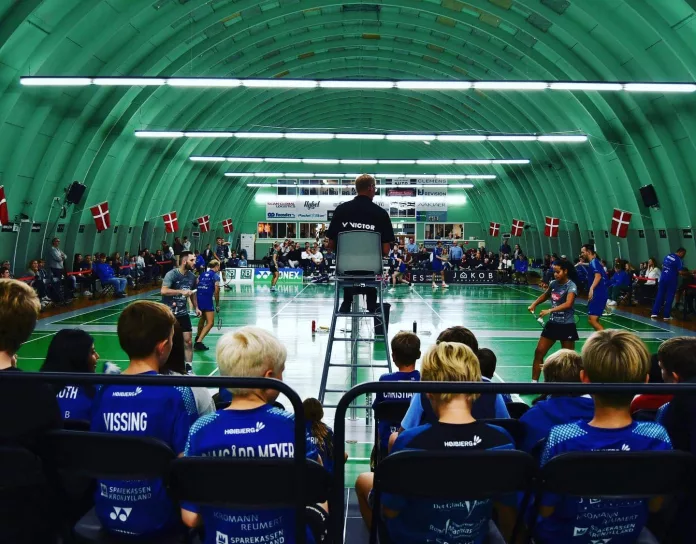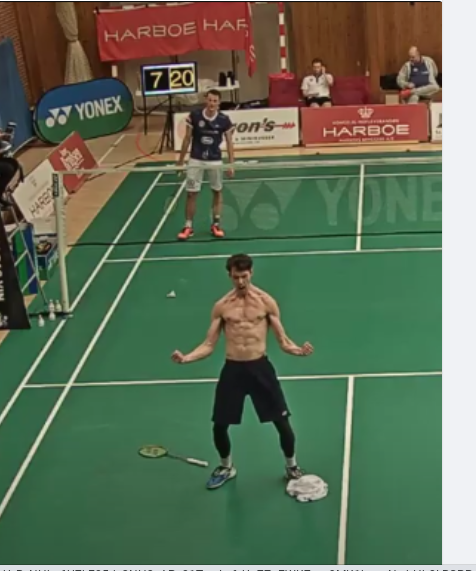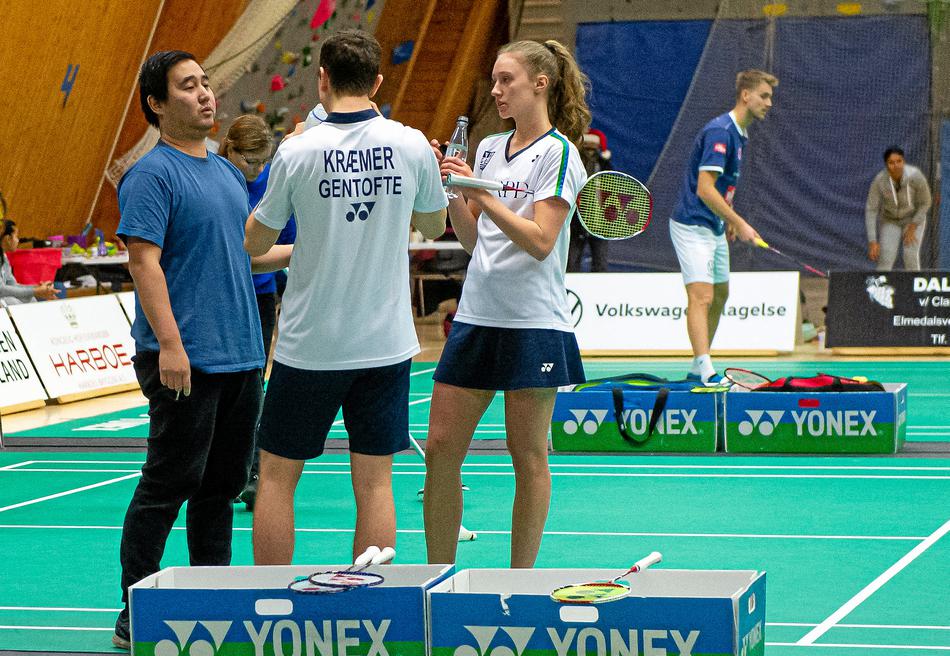
The club/team event competition in Denmark has a long history. As a result, team tournaments are an integral part of badminton in Denmark. An estimated 25.000 players take part in team matches for their clubs on a regular basis. Read on to learn about the Danish team match structure.
The badminton team match system in Denmark explained
The badminton team competition system in Denmark is organized at two main levels. Those are national level and regional level. This is specifically for seniors. Junior and youth team events are mainly regional or local. The same goes for senior+ (age 40 and above). Many foreign players compete at the 3 highest levels.
>> Get more badminton news from around the world
The competitive structure for the national senior club-team events in Denmark is as follows – listed in order of strength
- Badmintonligaen (the badminton league) (9 matches per team event: 2 mixed doubles, 2 men’s singles, 2 ladies singles, 2 men’s doubles, 1 ladies doubles)
- 1st division (9 matches)
- 2nd division (13 matches: 2 mixed doubles, 4 men’s singles, 2 ladies singles, 3 men’s doubles, 2 ladies doubles)
- 3rd division (13 matches)
- Denmark division (Danmarksserien) (13 matches)
The regional and local Badminton Denmark operates with the following structure:
- Top regional level (f.ex. Greater Copenhagen, which is known as Copenhagen Serie) (13 matches)
- Serie 1 (11 – 13 matches)
- Serie 2-5 (8-13 matches)
- Below series 1 there are a lot of variations regionally. For example in Northern Jutland, the team competition formats below the top regional level are very different from the Copenhagen region. The middle Jutland region has 4 series below the national team competition, as well as 12 additional series for leisure players.
Many foreign players compete in Badmintonligaen (Badminton League)
10 teams compete in Badmintonligaen (Badminton League), which is the highest level of competition for clubs in Denmark. The four best-placed teams qualify for a final four tournament. Following the final four tournaments, the Danish Champion for teams is found.
Many of the current badminton league teams have been a constant fixture at the highest level for many years.

Clubs such as Denmark’s oldest badminton club Skovshoved Badminton (SIF), Københavns Badminton Klub (KBK – 2022/2023 in 1. division), Kastrup Magleby Badminton (KMB), and Gentofte Badminton Klub (17 times Danish Champion, 7 times European Club Champion) have dominated the badminton league since the first championship took place in 1949/1950.
As might be expected, top Danish players such as Rasmus Gemke, Mia Blichfeldt, Line Christophersen, and others regularly compete in team event matches. As do many younger, up-and-coming badminton players from Denmark.
Most clubs have at least one foreign player on the top team. However, several teams are known for primarily contracting foreign players.
Foreign players such as Brian Yang, Carolina Marin, Loh Kean Yew, Iris Wang (USA), the Stoeva sisters, Marc Caljouw, Kalle Koljonen, and Ruben Jill have appeared in team matches in Denmark in recent years. Some of these players live in Denmark and partake in club training. Others fly in to participate in team matches and do not get involved with the local club environment.
Two clubs, in particular, are known for a player roster dominated by foreign players. These clubs are TSS (Team Slagelse-Skælskør) and Vendsyssel Badminton.
If you are a player looking to find a club in Denmark, contact Badminton Speak. We’ll gladly introduce you.
Is the club team match system important to Denmark’s badminton success?

Denmark is small in population size (less than 6 million people) but has been dominating badminton in Europe for a very long time. The competition structure for clubs involves all ages and all levels, allowing all clubs to get all their members involved. During the season (August to June), there are regular team matches for players aged 6, and for players aged 70+.
Badminton, of course, is mostly an individual sport. But the club team competitions add a different dimension. And it is an important part of the social fabric. Participating in team event matches builds better relationships among club members.
But that’s not all. Club teams often attract fans/spectators to their – mostly – home games. At most matches at the highest level, there will be a couple of hundreds of supporters cheering their favorite team, and players, on.
The tested and proven structure of the team-event format in Denmark is significant to the sport in Denmark. We believe this is one of the elements that have made Denmark successful internationally.
- Indonesia Masters 2025 Men’s Doubles preview and predictions - January 21, 2025
- Indonesia Masters 2025 Preview and Predications – Men’s Singles - January 21, 2025
- Review of the India Open 2025 Singles! - January 19, 2025
















